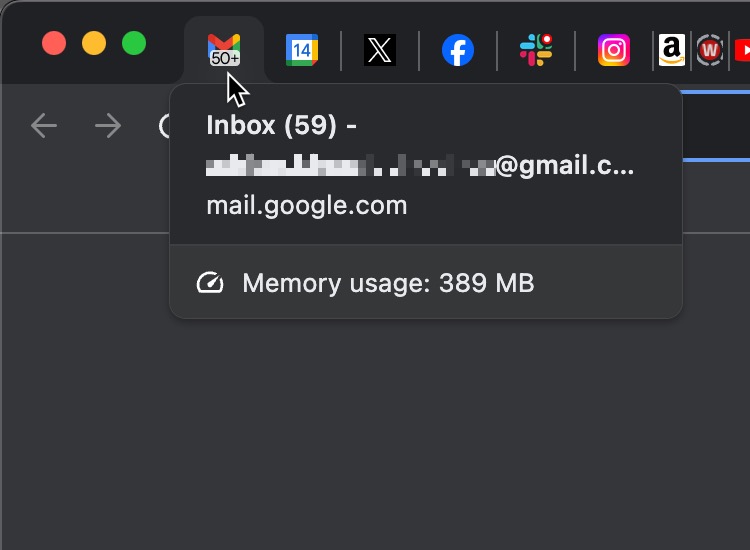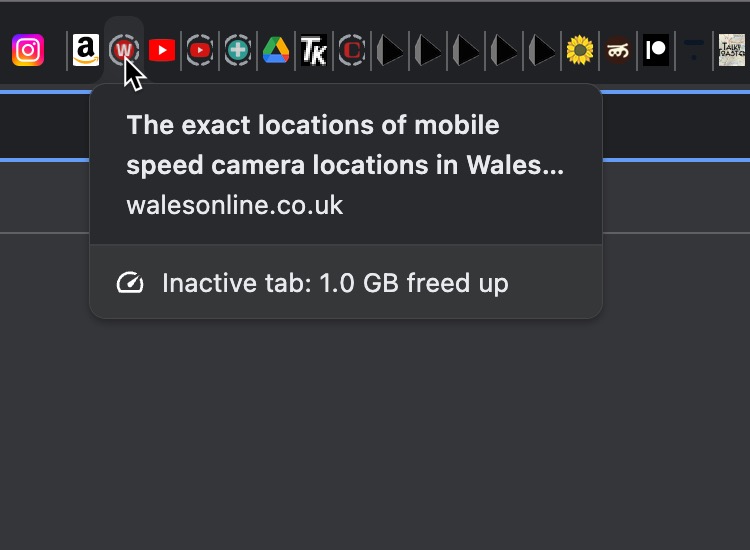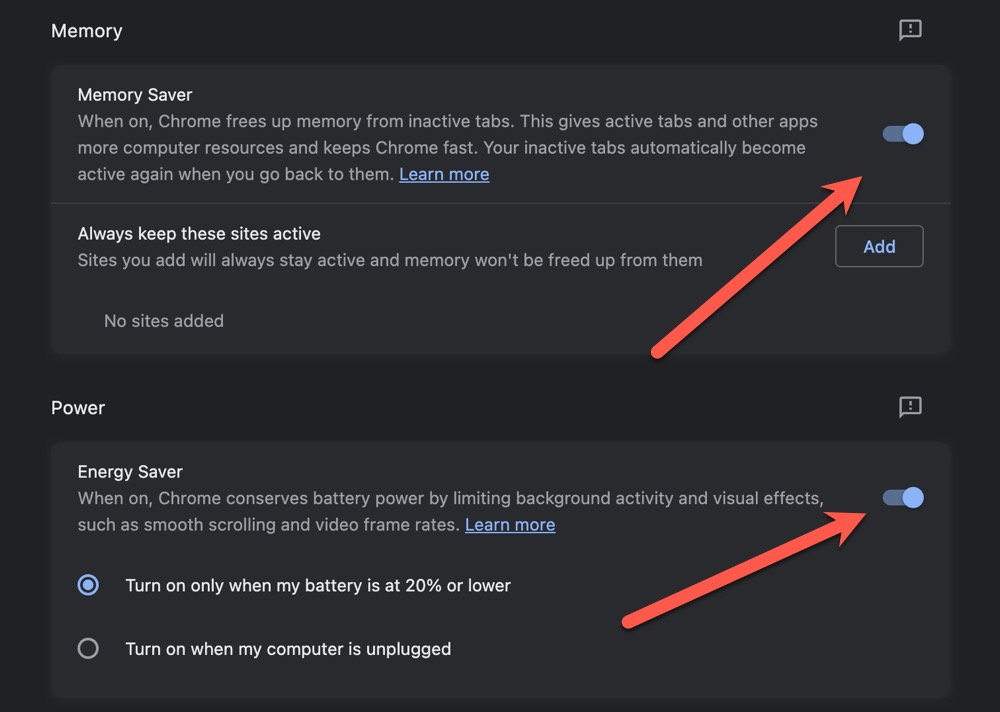Image: Emilija Manevska/Getty Images.
If you have multiple tabs when you browse the internet, you may be complaining about the RAM used by your browser on them. Google Chrome, in particular, is often singled out for its RAM consumption.
But now Google’s browser lets you know how much RAM your tabs are consuming. And even, more precisely, what each tab uses.
Update Chrome
To do this, you need Google Chrome 119 (or later) on macOS, Windows, Linux, or ChromeOS. If you’re not sure which version you’re using, or if you need an update, click the three dots to the right of the address bar, then go to Help > About Google Chrome. You will then have the option to update your browser, if you are not already using the latest version available.
At the end of the update, you can click on Relaunch to apply it. Don’t worry, your tabs will remain open after restarting the browser.
Now that your browser is up to date, you can now use the new feature. To do this, simply place your cursor on the tab that interests you and consult the “Memory usage” information.

This tab using Gmail consumes almost 400 MB of memory. Image: Adrian Kingsley-Hughes/ZDNET.
Google Chrome wants to reduce its RAM consumption
Before this new feature, Google had already launched a feature at the beginning of the year to save memory on its browser. Chrome’s Memory Saver puts inactive tabs to sleep, reducing the amount of memory used by the browser. The downside to this feature is that when you need the tab in question, it has to reload.
Now you can see how much RAM you have saved using Memory Saver.

It seems this tab was using a gigabyte until Google Chrome made it inactive. Image: Adrian Kingsley-Hughes/ZDNET.
To easily identify inactive tabs, their icons are surrounded by a gray dotted circle.

A whole bunch of inactive tabs. Image: Adrian Kingsley-Hughes/ZDNET.
Too many open tabs slow down your system
The management of random access memory (RAM) by operating systems is so complex that we cannot establish a direct correlation between your usage and the amount of RAM overall used by your computer.
To take the example of tabs, if your computer has 8 GB of RAM, you may have a number of open tabs that corresponds to more than 8 GB. In fact, the operating system saves or caches some data on your storage drive so it can continue working. So, you can continue using tabs even if you have reached the RAM capacity of your device, but your system will be slowed down.
In conclusion, active tabs slow down your entire system. And while the new features designed to save memory on Chrome go a long way in improving your system’s performance, the fact remains that every open tab uses RAM and slows down your system.
Enable the feature if it doesn’t appear
If you can’t see the “Memory Usage” information when you hover over a tab, you may not be able to update Chrome to a new enough version.
In this case, it is possible to enable the functionality in older versions of Chrome. To do this, copy and paste the following text into the address bar of your browser:
chrome://flags/#memory-saver-memory-usage-in-hovercards
Then click Entrancethen enable the feature Show memory usage in hovercards.
Also, if Memory Saver or Power Saver is not enabled on your system, click the three dots next to the address bar, then go to More tools > Performanceand activate the options that interest you.

Make sure Memory Saver or Power Saver is enabled. Image: Adrian Kingsley-Hughes/ZDNET.
Additional features?
If you use Chrome’s memory saver, the new feature won’t be as useful as it might have been before. This is because if you have tabs open that you are not using, unless they are pinned or contain form data, they will be made inactive after a while.
Despite everything, it is interesting to see the amount of memory used by the web pages loaded in the different tabs.
Source: ZDNet.com
